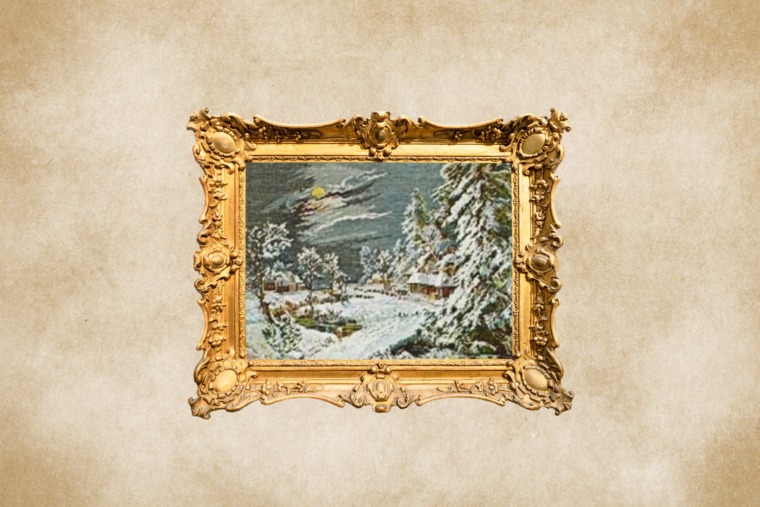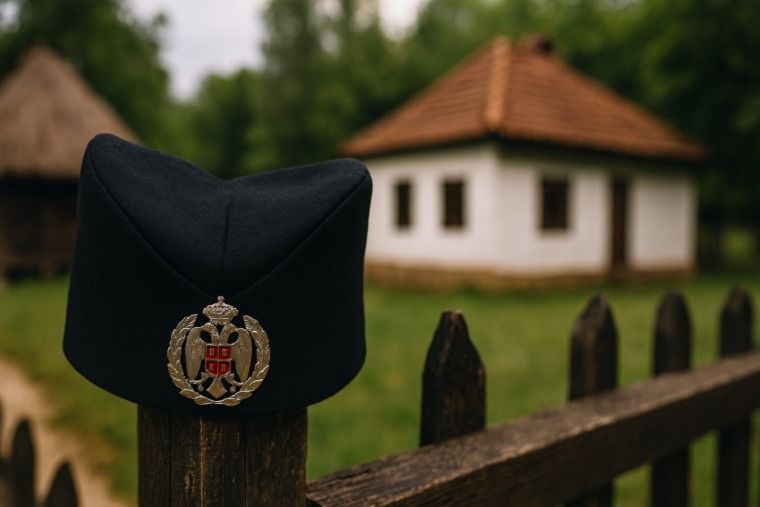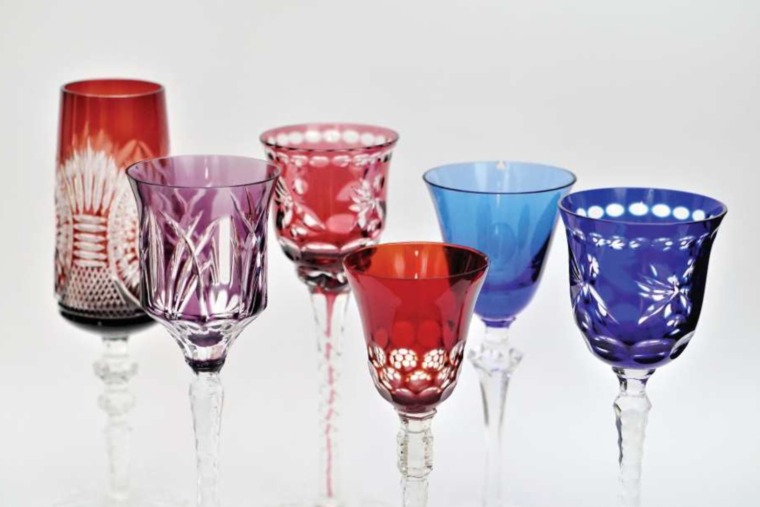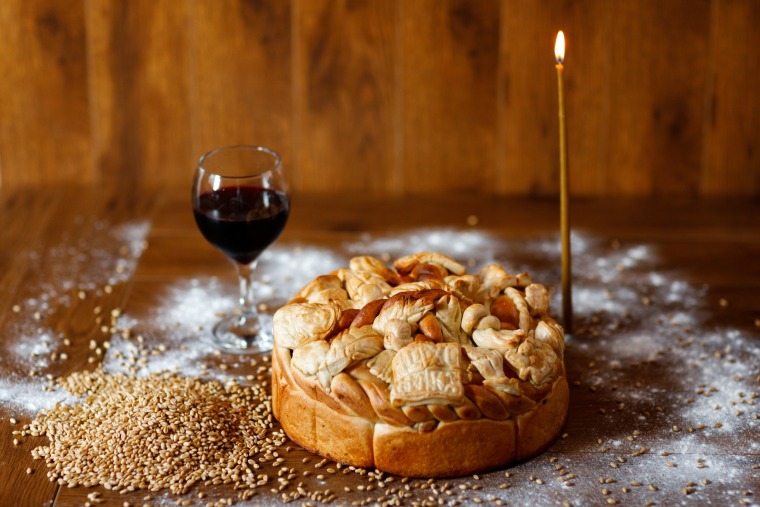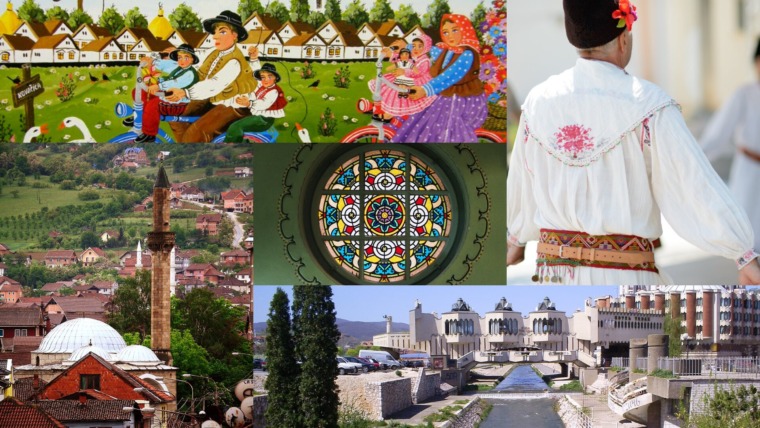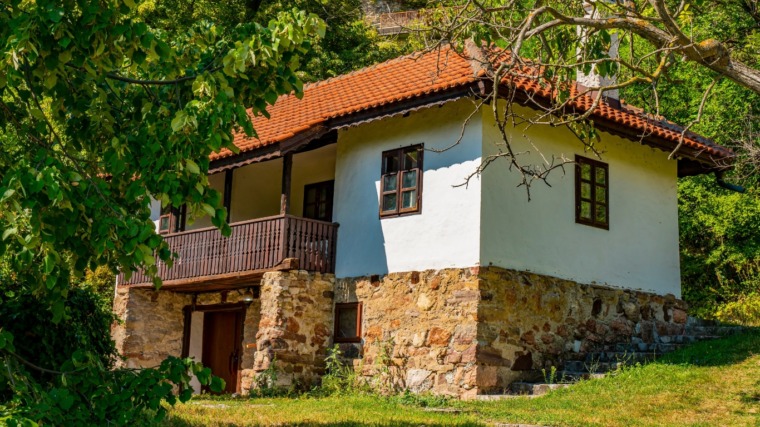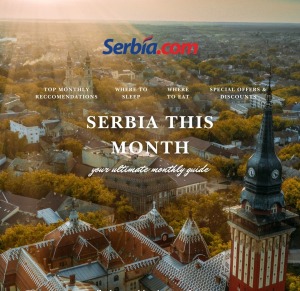
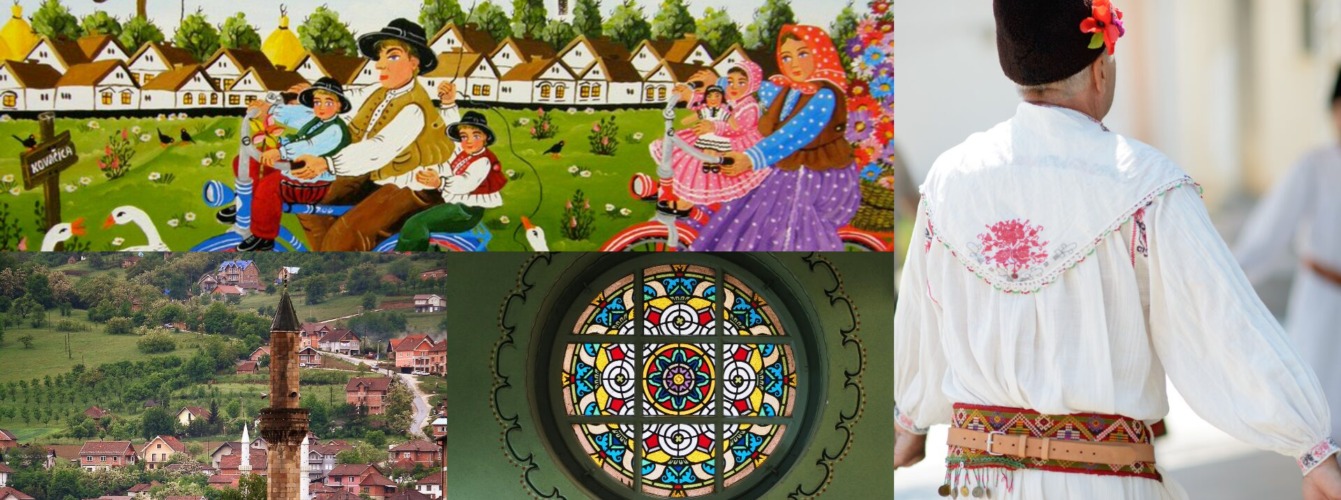
In the heart of the Balkans lies a country where cultures intertwine like threads of a centuries-old tapestry. Serbia, a land of crossroads and contrasts, is home to over 20 ethnic groups — each contributing to its unique identity. From the colorful Slovak villages of Vojvodina to the mystical Vlach rituals of Eastern Serbia, every region tells a story of coexistence, memory, and shared heritage.
Today, travelers are rediscovering these stories through Ethnic Heritage Routes — immersive journeys that connect history, tradition, and people. These routes are more than travel itineraries; they are bridges of identity, offering a glimpse into the living soul of Serbia.
The Slovak Art Trail: Colors of Kovačica and Beyond
Vojvodina’s Slovak villages are small, tidy, and full of artistic life. The town of Kovačica is the heart of this route, world-renowned for its naïve art — paintings of everyday rural life created with childlike simplicity and emotional depth.
Visitors can explore the Gallery of Naïve Art, meet local artists such as Zuzana Halupová or their modern successors, and even attend workshops in local studios.


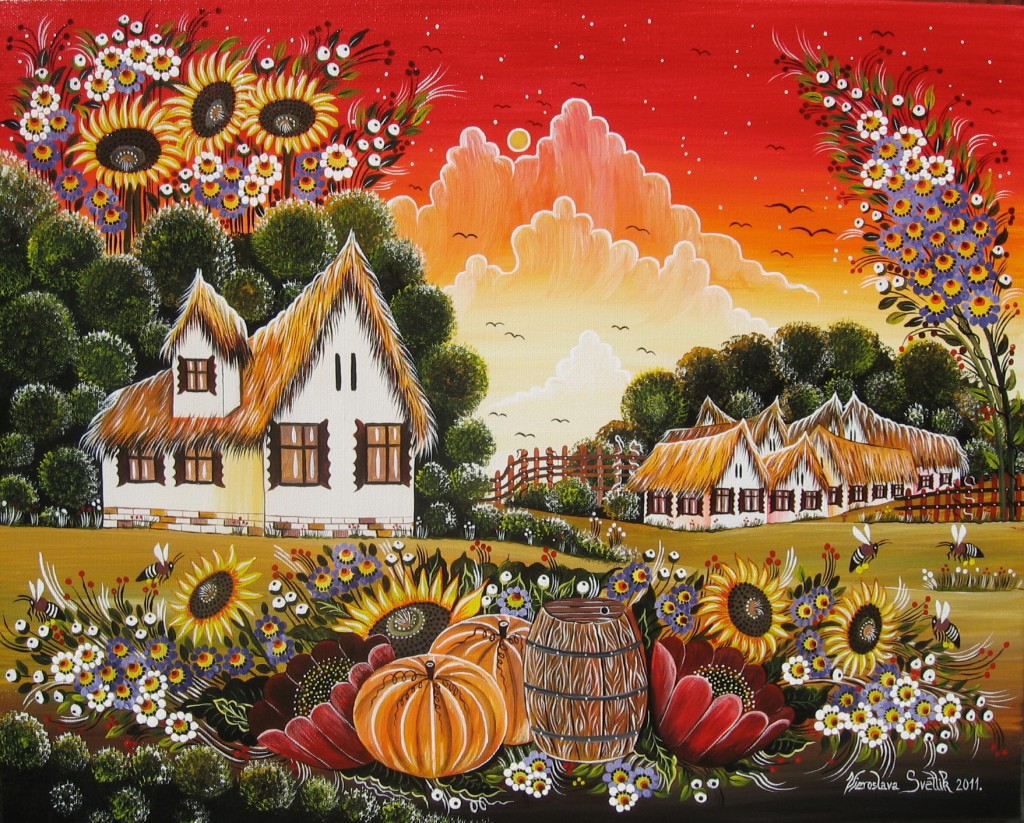
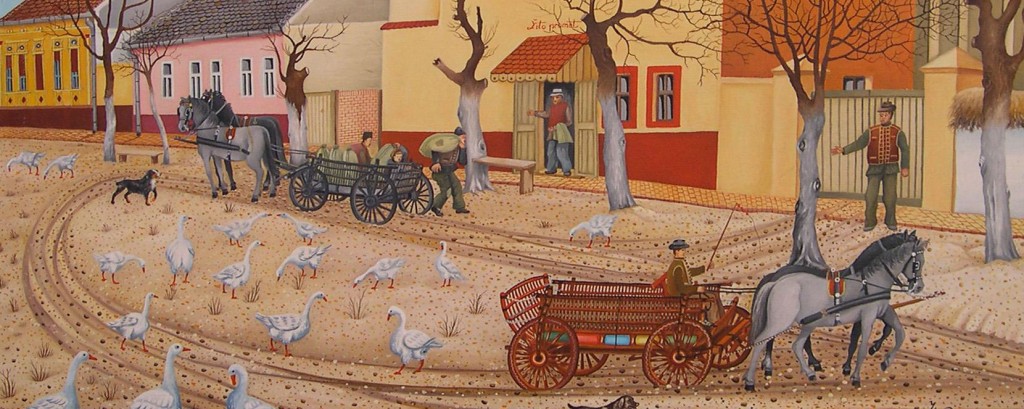
Continue your journey through Padina and Bački Petrovac, where the Slovak culture is reflected in traditional houses painted in blue and white, the sound of tamburica music, and authentic cuisine — from sweet makovník (poppy seed strudel) to hearty slovenský gulaš. Every September, Bački Petrovac hosts the Slovak Festival, a celebration of costumes, dance, and joy that perfectly captures the community’s spirit.
🧭 Suggested stops: Kovačica Gallery, Padina art workshops, Slovak House in Bački Petrovac, local family restaurants.
In the Footsteps of the Vlachs in Eastern Serbia
Eastern Serbia is the homeland of the mysterious Vlachs — a people whose traditions intertwine magic, ancient beliefs, and legends that have shaped life for centuries between the Homolje, Kučaj, and Miroč mountains. Along this route, travelers can discover villages where pagan and Christian customs blend seamlessly into a vibrant cultural heritage — from fertility and protection rituals to haunting songs and circle dances that mark every celebration.
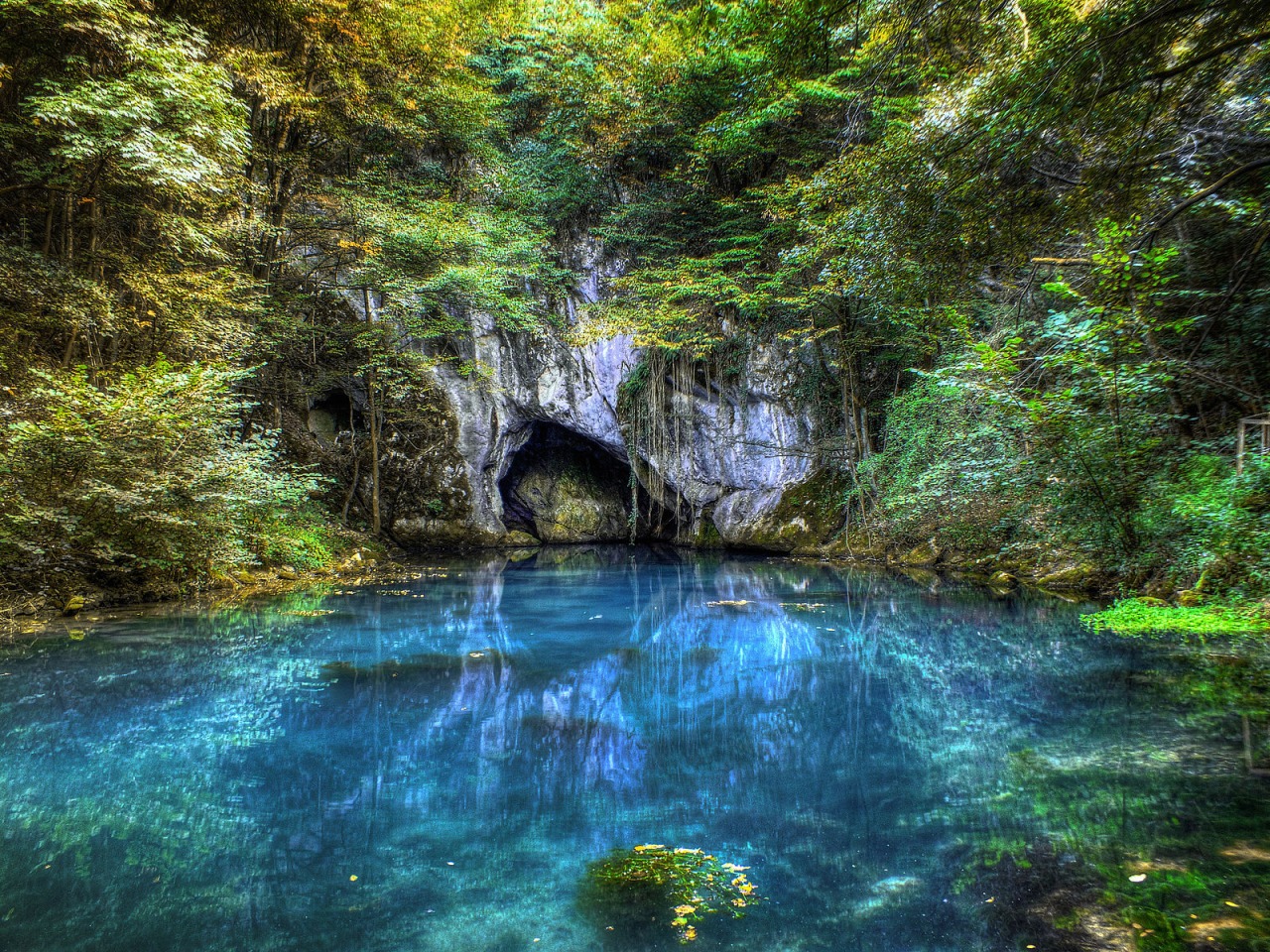
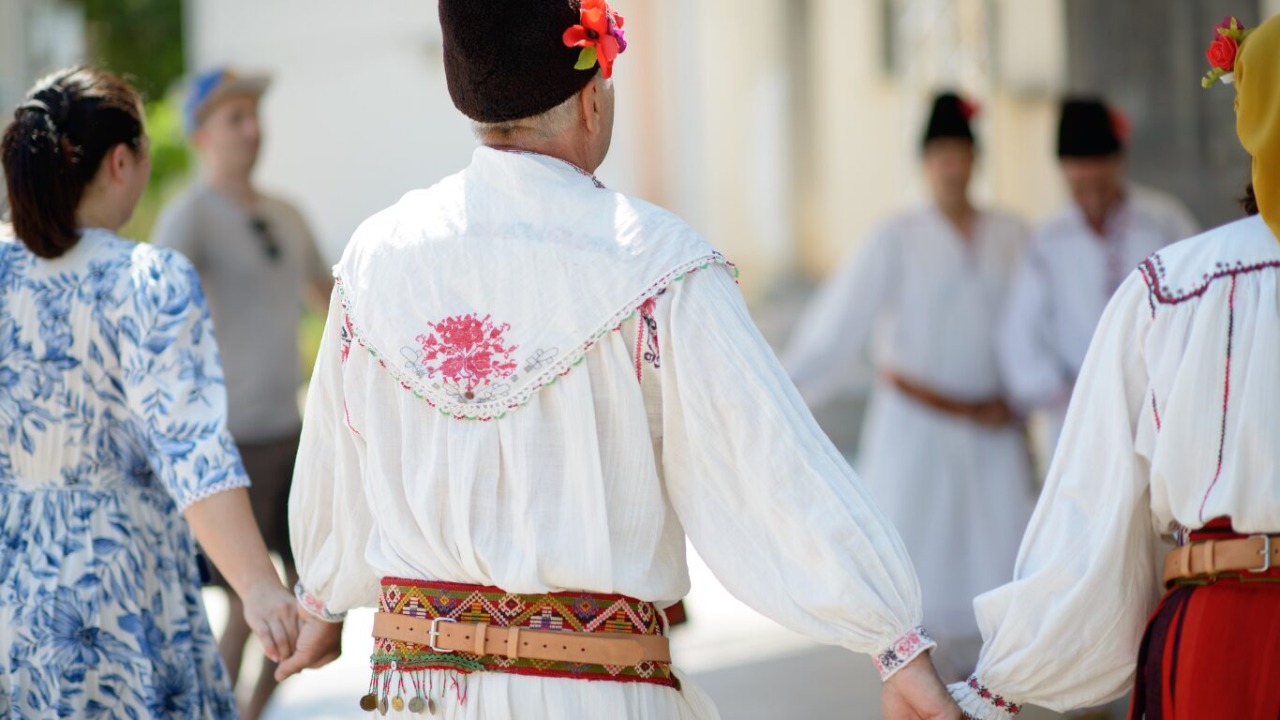
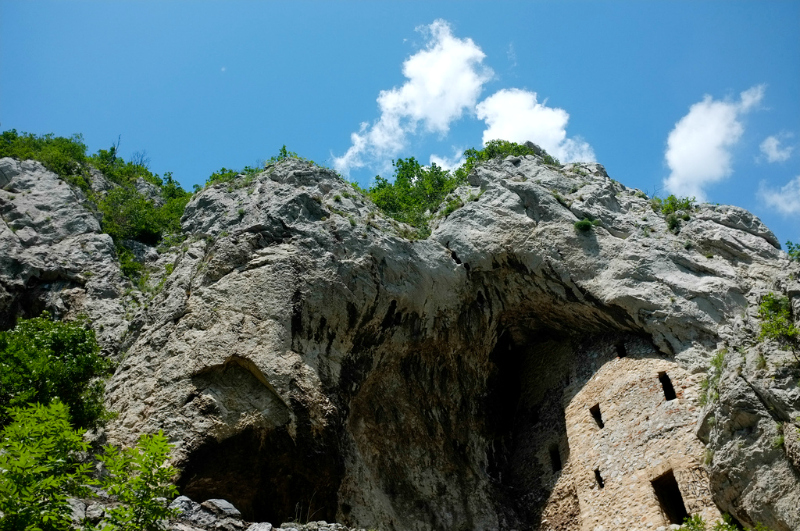
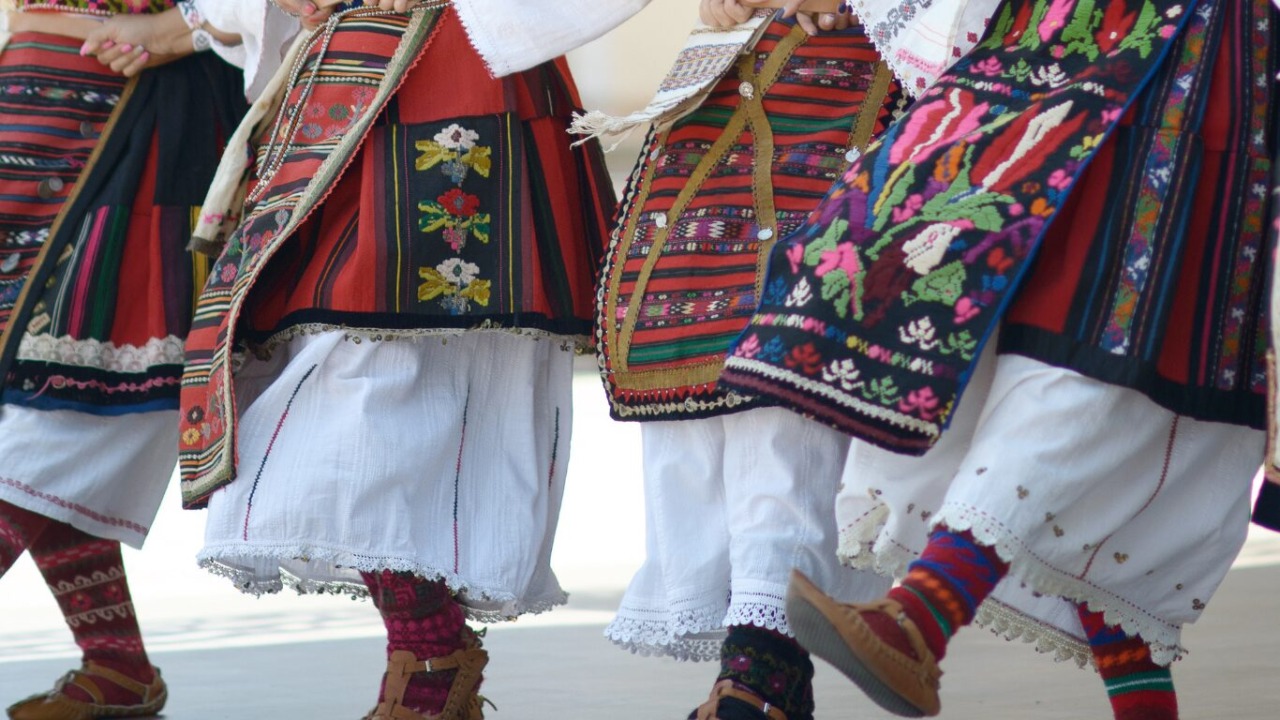
The journey begins in Kučevo, famous for its festivals dedicated to Vlach folklore and music, and nearby villages like Duboka and Ravnica, where old customs are still practiced. The next stop is Žagubica and stunning Krupaj Springs, the heart of the Homolje Mountains, where visitors can explore the region’s wild beauty and hear stories about ancient rituals passed down through generations. In Boljevac, where Vlachs make up more than a quarter of the population, you can attend local festivities and taste traditional dishes such as mamaljiga (corn porridge) and sarma in vine leaves.
The route ends in Negotin, where Vlach culture merges with the area’s strong musical heritage — the sound of flutes and violins fills every gathering, and age-old customs still live on in village celebrations and fairs.
This route offers an authentic journey into the heart of Eastern Serbia — a place where myth and everyday life coexist, and where the Vlachs continue to preserve their identity between reality and legend.
🧭 Suggested stops: Bor – Kučevo – Žagubica – Boljevac – Negotin
Hungarian Tastes of Bačka: Between the Danube and Tradition
In northern Serbia, the Hungarian community of Bačka keeps its identity alive through flavors, music, and festivals. Start your route in Subotica, a city known for its Art Nouveau architecture and vibrant markets filled with paprika, sausages, and handmade pastries. Continue to Senta and Bački Vinogradi, where you can taste traditional riblji paprikaš (fish stew), kiflice, and regional wines from small family vineyards.
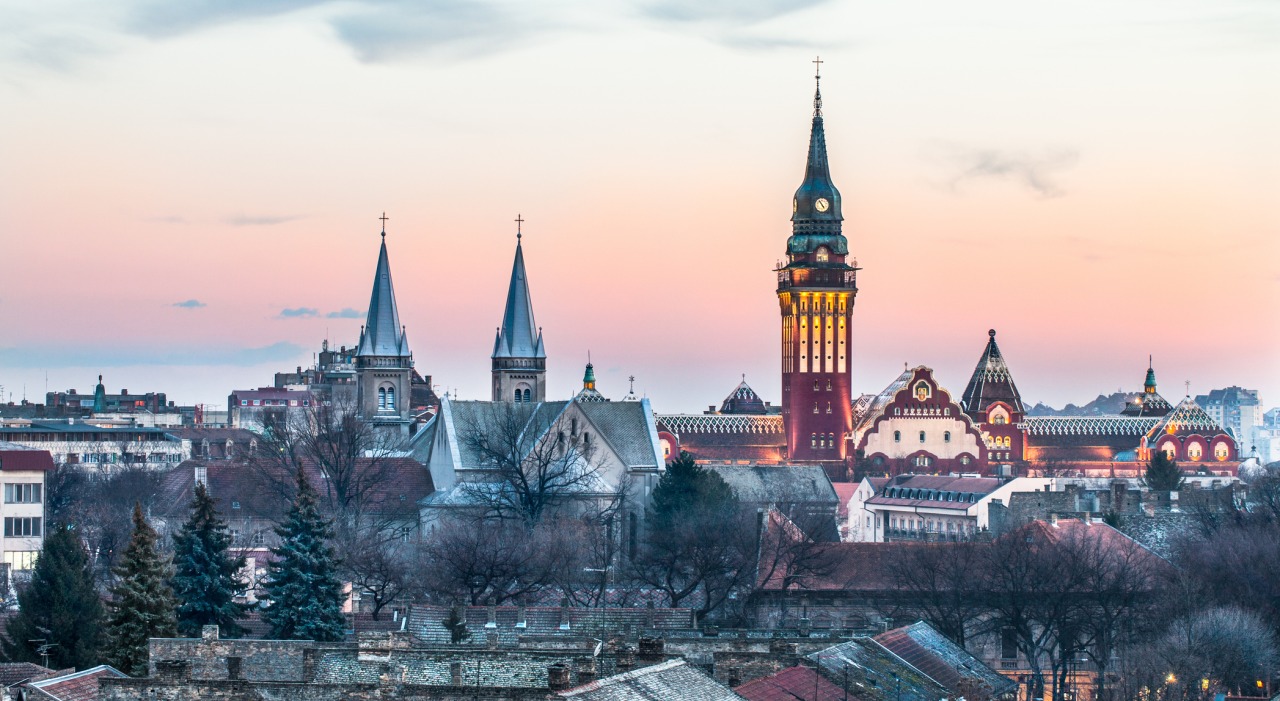
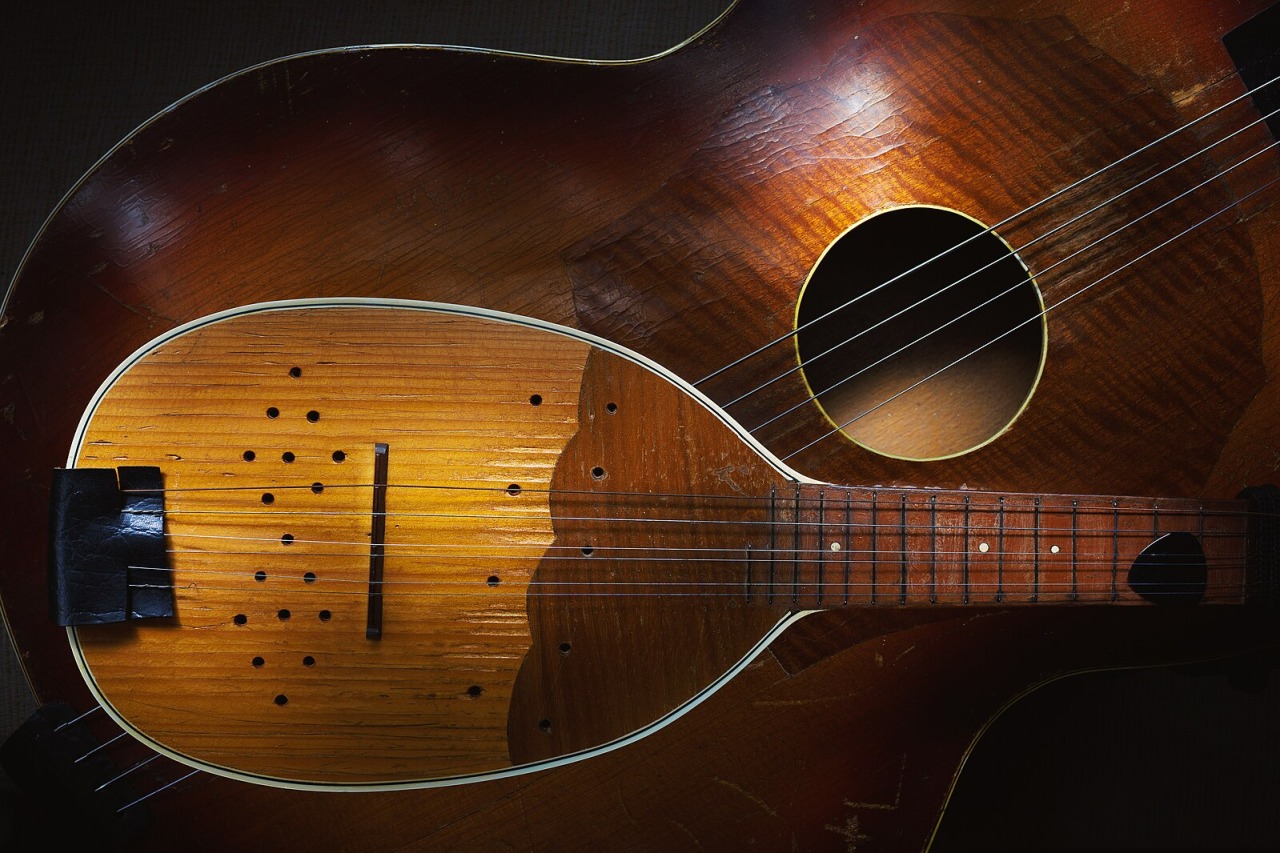
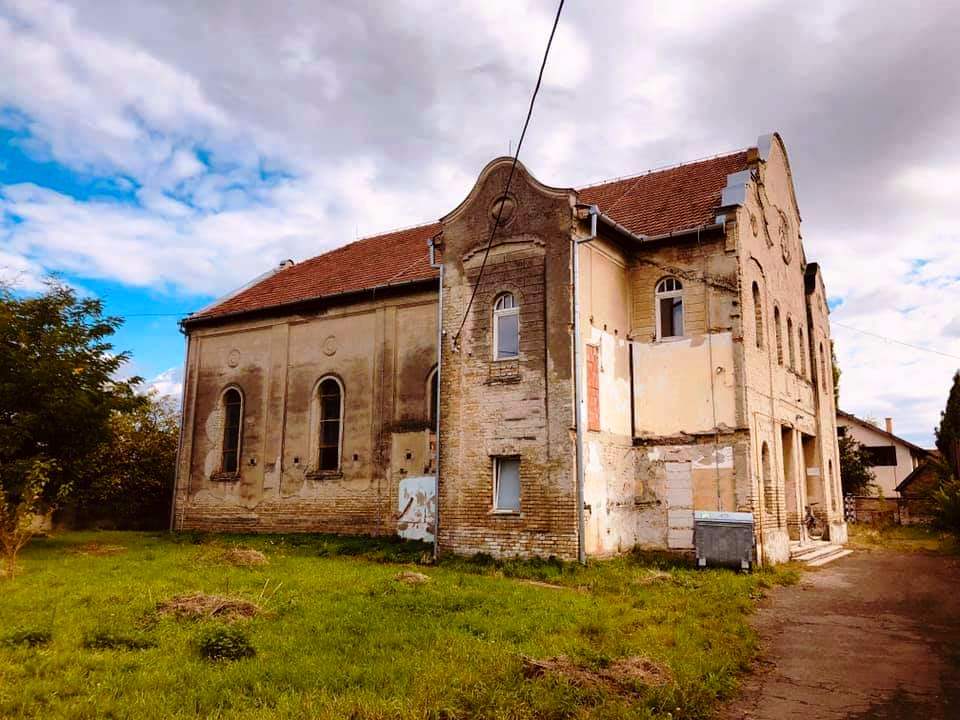
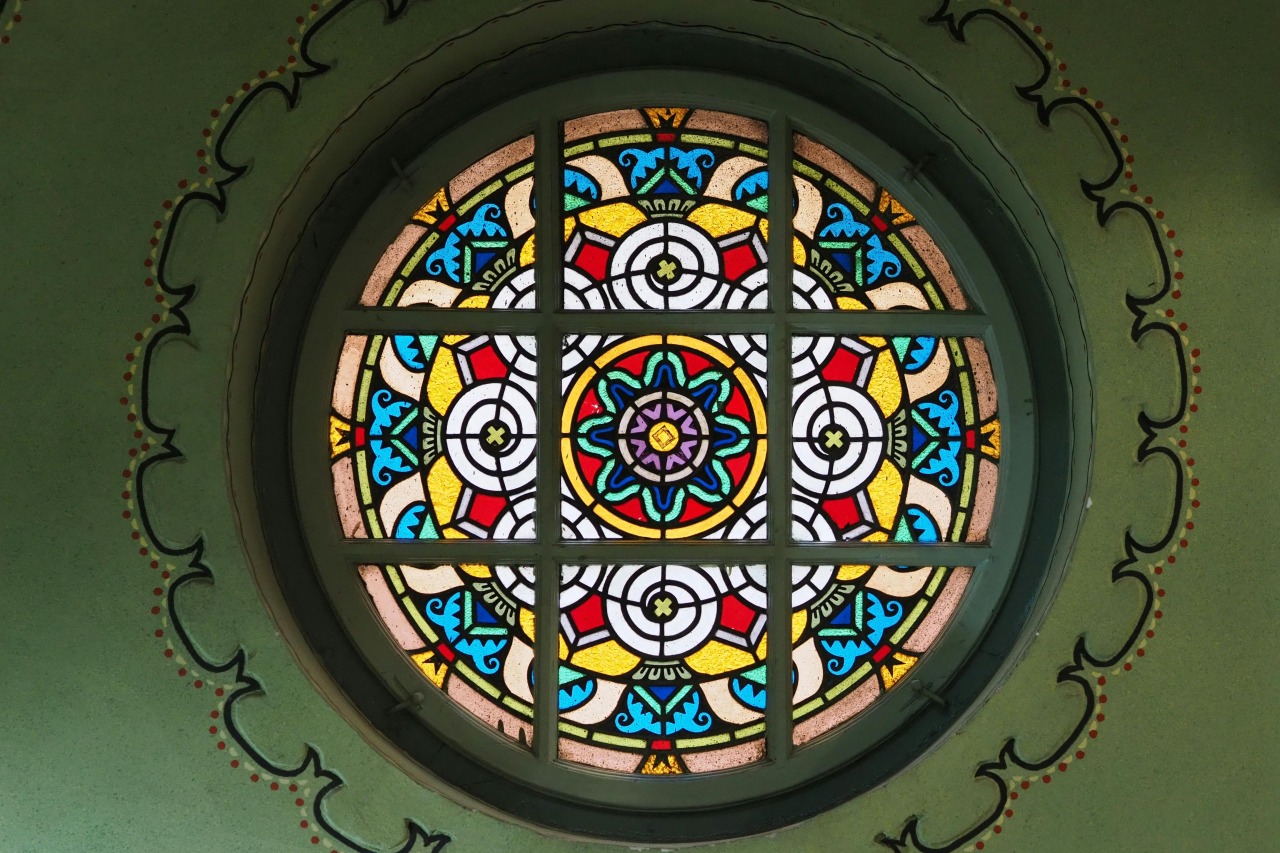
The annual “Paprika Fest” in Senta and the “Tamburica Fest” in Novi Sad celebrate Hungarian culinary and musical heritage, attracting both locals and travelers. Through food, wine, and music, this route offers a full sensory experience — a delicious connection between the Danube and centuries of tradition.
🧭 Suggested stops: Subotica Synagogue, City Hall, Senta riverbank, Bački Vinogradi wineries, local tambura evenings.
Bosniak Heritage in Sandžak: Faith, Flavor, and Friendship
In the mountainous region of Sandžak, at the meeting point of East and West, the Bosniak community has nurtured a strong cultural identity filled with warmth and hospitality. The route begins in Novi Pazar, a city where Ottoman-era mosques, čaršija streets, and local crafts reflect centuries of tradition.
Visit the Altun-Alem Mosque, Stari Ras, and Sopoćani Monastery — UNESCO sites that embody both Islamic and medieval Serbian heritage. In Tutin and Sjenica, taste specialties such as mantije (small meat pies), pečenica, and sjenički sir, one of Serbia’s most famous cheeses.
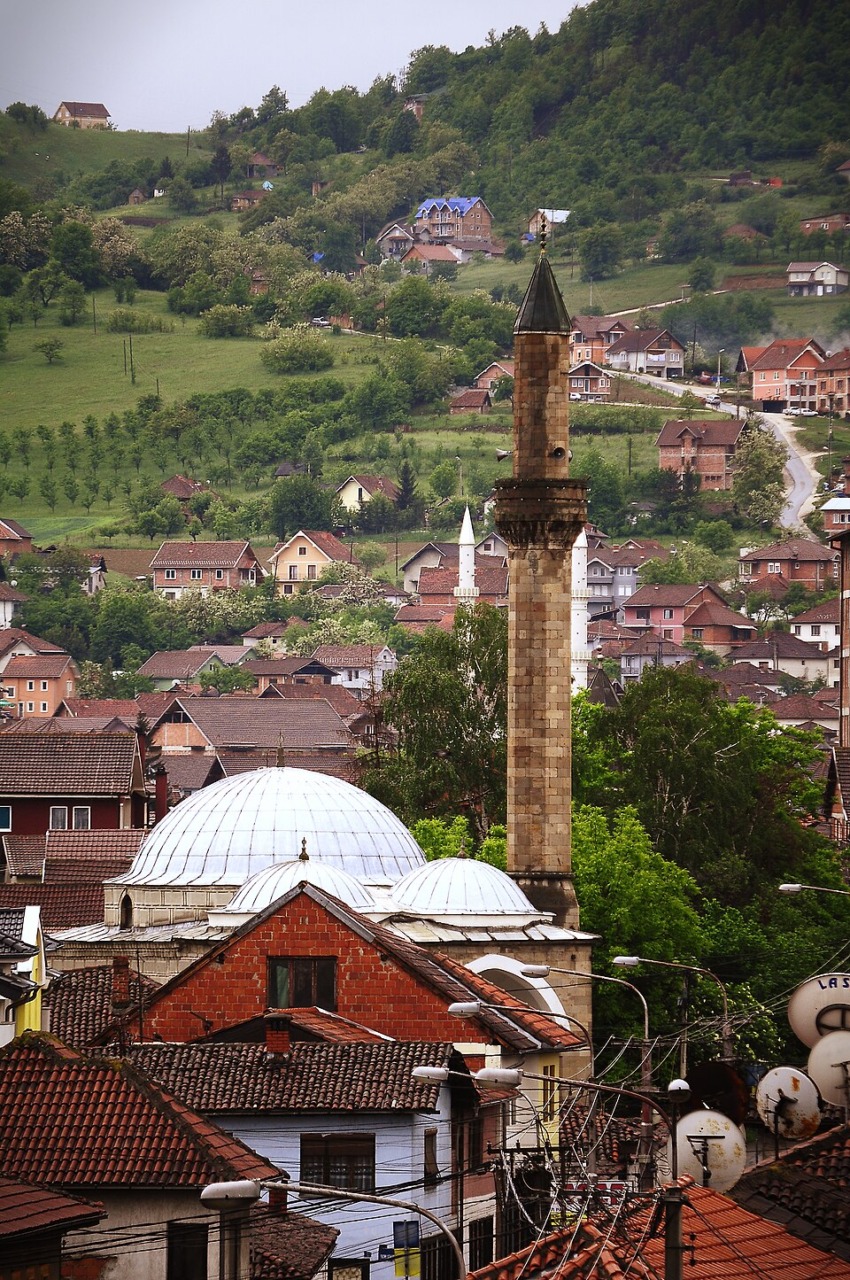

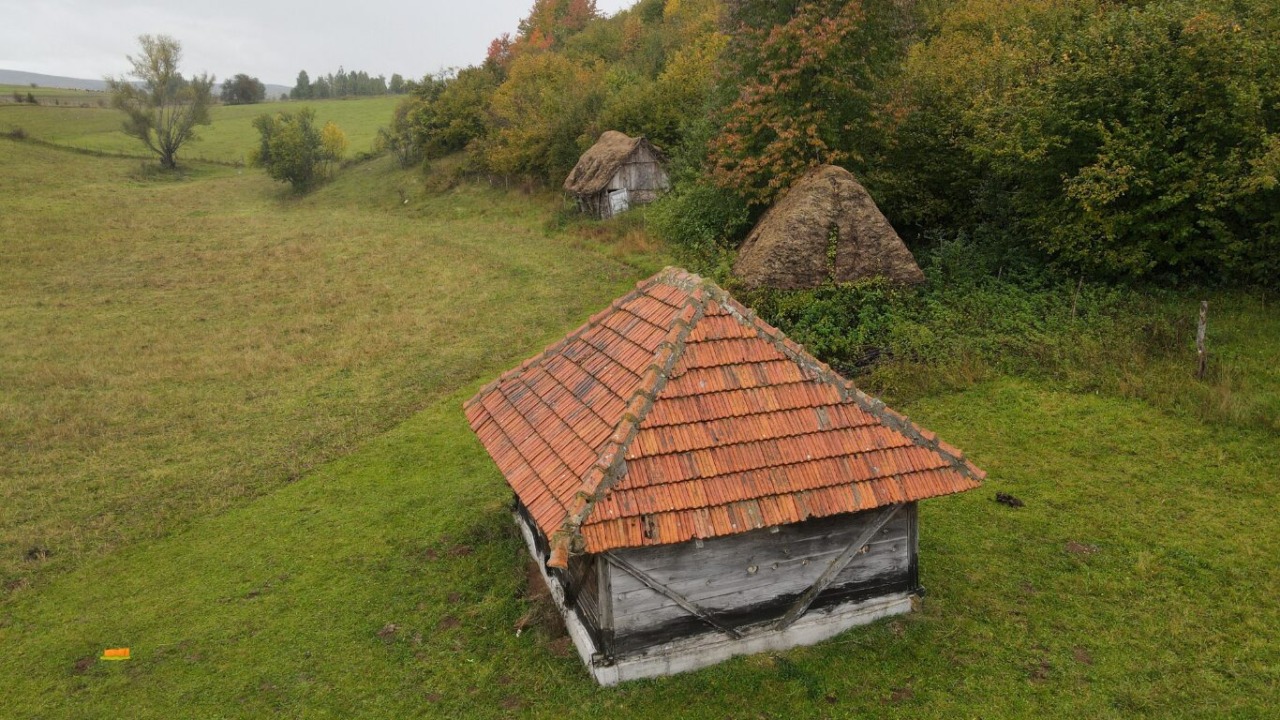
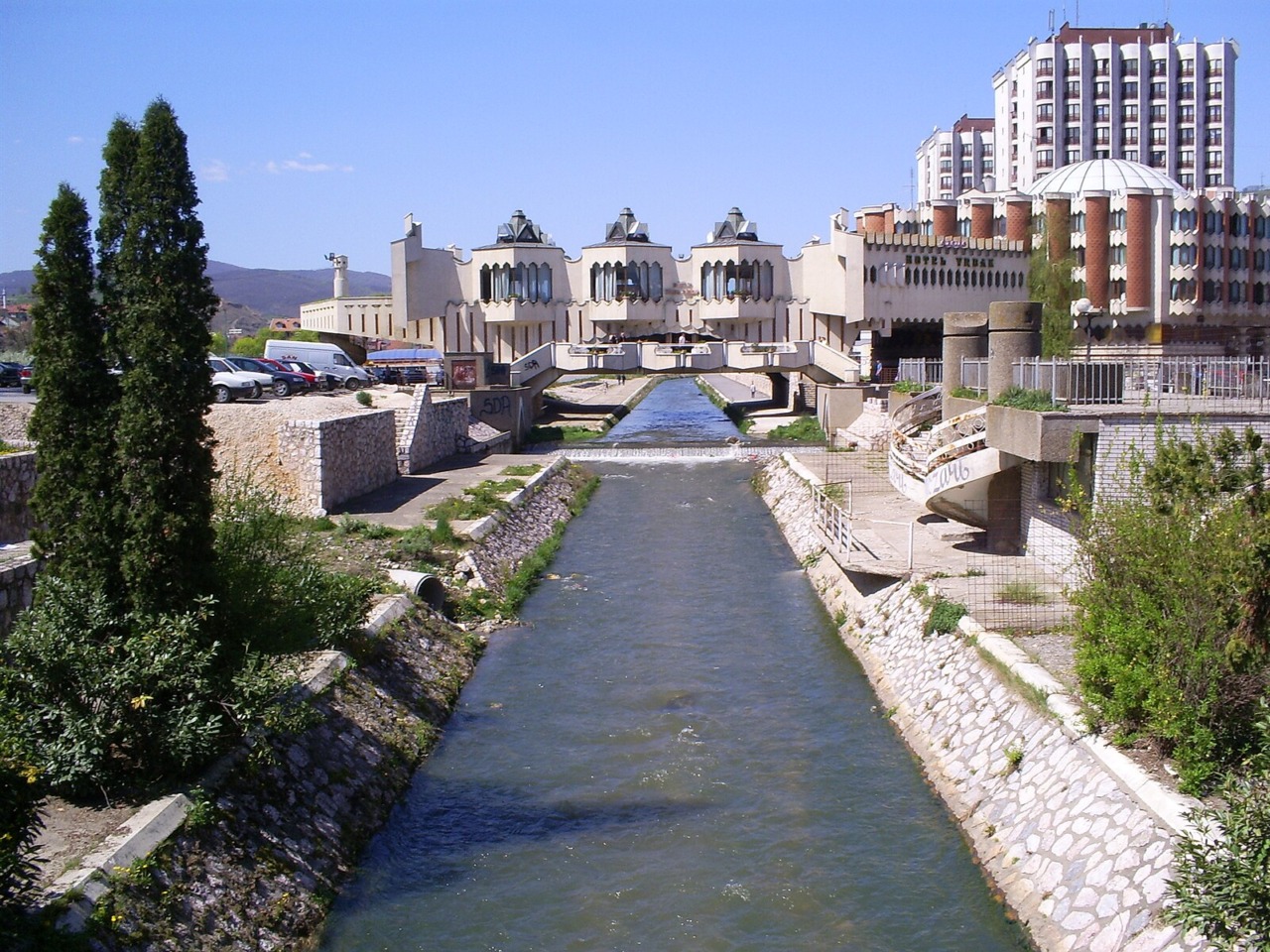
Sandžak’s people are known for their generosity — every cup of coffee comes with a story, and every meal with laughter. This route is not just about sightseeing; it’s about connection, friendship, and shared values.
🧭 Suggested stops: Novi Pazar čaršija, Altun-Alem Mosque, Stari Ras, Sjenica plateau, local restaurants and bakeries.
A Journey Beyond Borders
The Ethnic Heritage Routes are more than travel paths — they are stories woven through people and places. They invite travelers to look beyond differences and discover how diversity shapes Serbia’s unity.
In the upcoming features, we’ll explore each route in depth — guided by the locals who keep these traditions alive.
Related Articles

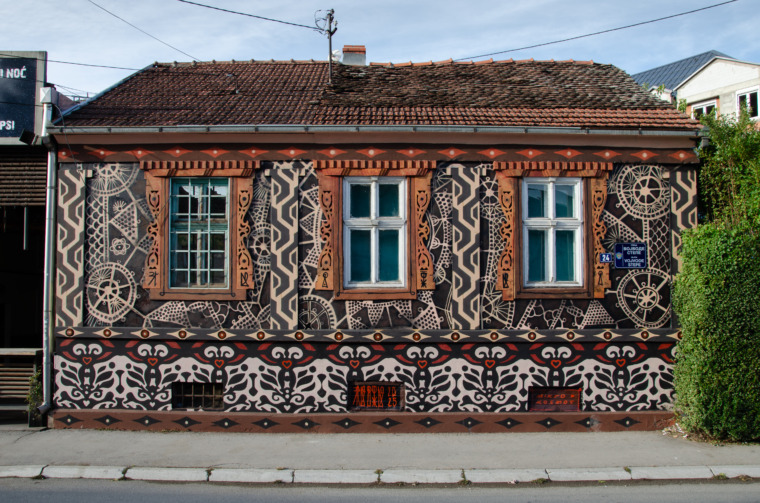
Čačak: Serbia’s Open-Air Gallery of Murals
December 19, 2025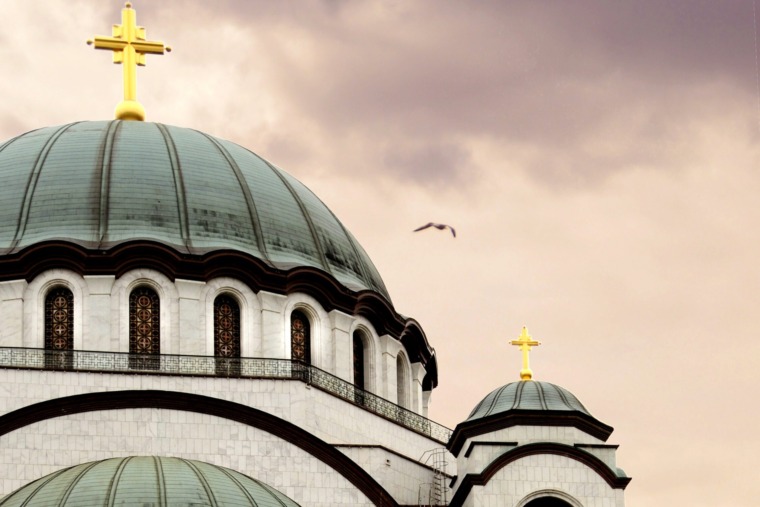
Belgrade: From Filming Location to Film Capital in the Making
December 18, 2025